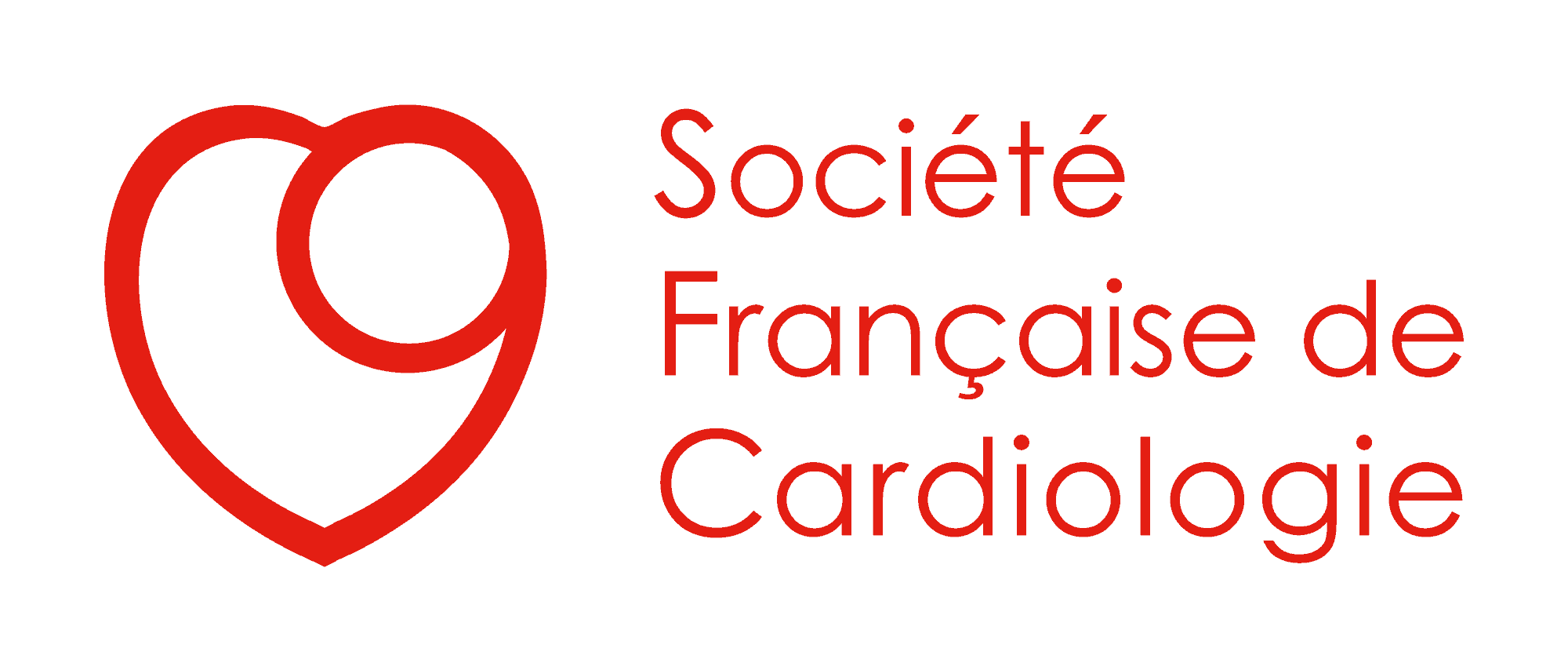Suivez-nous sur les réseaux sociaux !
Retrouvez les articles immanquables des Archives of Cardiovascular Diseases, revue scientifique mensuelle en anglais de notoriété internationale.
Voici un aperçu rapide des sujets abordés dans cette publication :
Dernières publications
Publications
Transcatheter aortic valve implantation: The road to a minimalist ‘‘stent-like’’ procedure
Voici un aperçu rapide des sujets abordés dans cette publication :
Archives of Cardiovascular Diseases | Article du mois – Mai 2022
Thomas Barbea, Thomas Levesque, Eric Durand, Christophe Tron, Najime Bouhzam, Nicolas Bettinger, Thibaut Hemery, Pierre-Yves Litzler, Delphine Beziau, Alain Cribier, Hélène Eltchaninoff
Summary
Background
Since the first-in-man implantation of a transcatheter aortic stented valve in April 2002 in Rouen, the procedure has expanded worldwide. In our centre, all transfemoral procedures have been performed using local anaesthesia without transoesophageal echocardiographic monitoring.
Aims
To report our experience oftransfemoral arterialtranscatheter aortic valve implantation (TAVI) over the last 2 decades, following the evolution of devices, practices and indications.
Methods
Between 2002 and 2021, 2097 consecutive patients had a TAVI procedure in our centre. Among them, 1780 underwent transfemoral arterial aortic valve implantation, and were subdivided into three groups according to the time period: before 2009; 2009—2014; and 2014—2021.
Results
Median age was 85 years, and remained unchanged over time. The mean logistic EuroSCORE gradually decreased over time (28% before 2009 vs 15% for 2009—2014 vs 11% since 2014; P < 0.001). Predilatation was performed almost systematically before 2009 (93%), but was rarely performed in the last period (14%; P < 0.001). Thirty-day all-cause mortality decreased over time, and was only 1.4% in 2021. Length of stay decreased considerably, with a median duration of only 2 days after the procedure, and > 70% of patients were discharged home within 72 hours. Similarly, procedural duration, X-ray time and contrast volume decreased over time.
Conclusions
Transfemoral aortic valve implantation, performed as a minimalist ‘‘stent-like’’ procedure using only local anaesthesia, is feasible in the vast majority of patients, with excellent outcomes.
Partagez cet article :
Partagez cet article :
Written by : SFC
Plus de publications de la SFC

CARDIOLOGIE PÉDIATRIQUE A disrupted compartment boundary underlies abnormal cardiac patterning and congenital heart defects | Lire [...]

CARDIOLOGIE PÉDIATRIQUE 2025 ACC/AHA/HRS/ISACHD/SCAI Guideline for the Management of Adults With Congenital Heart Disease: [...]



